Gallery
Photos from events, contest for the best costume, videos from master classes.
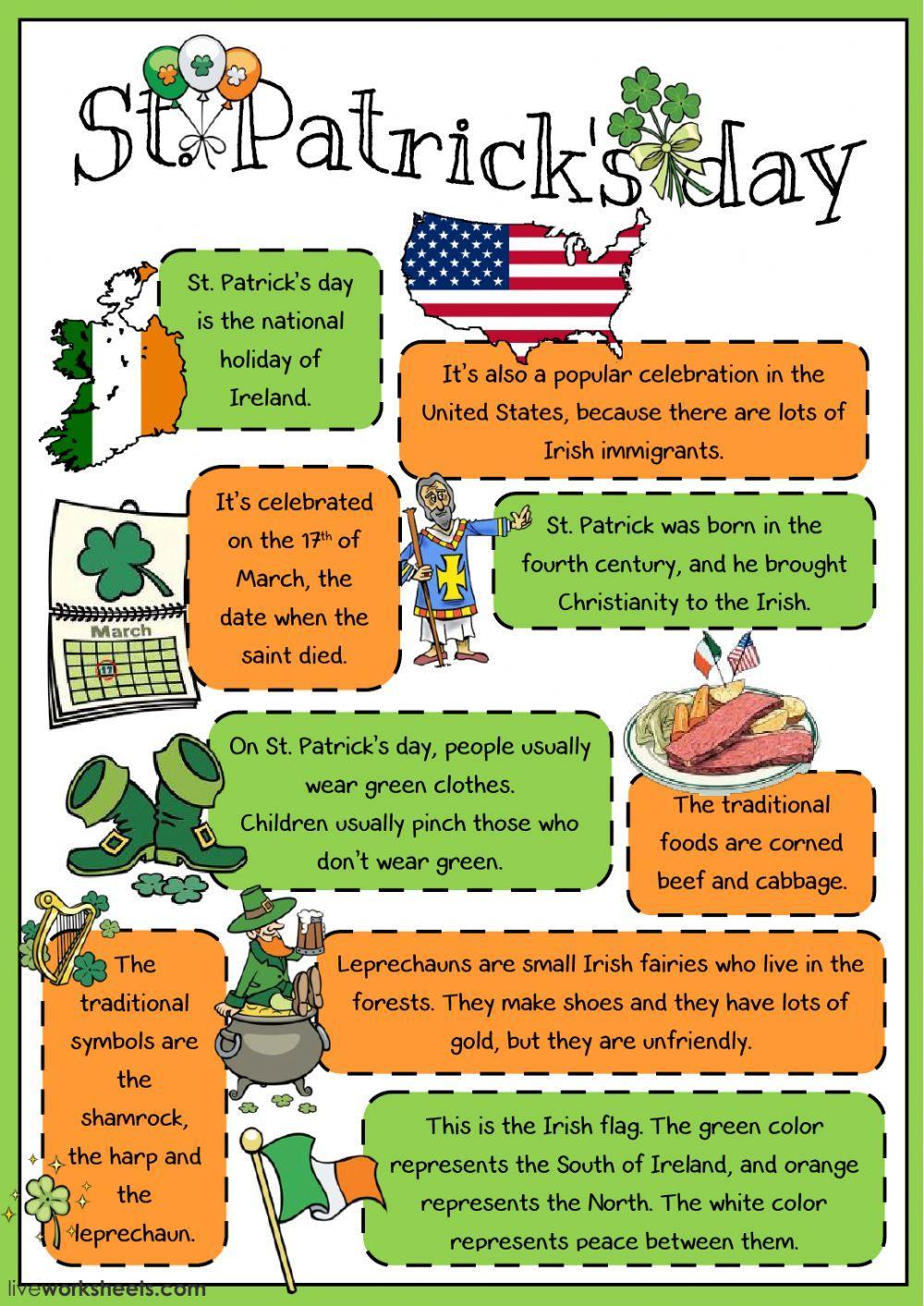 |  |
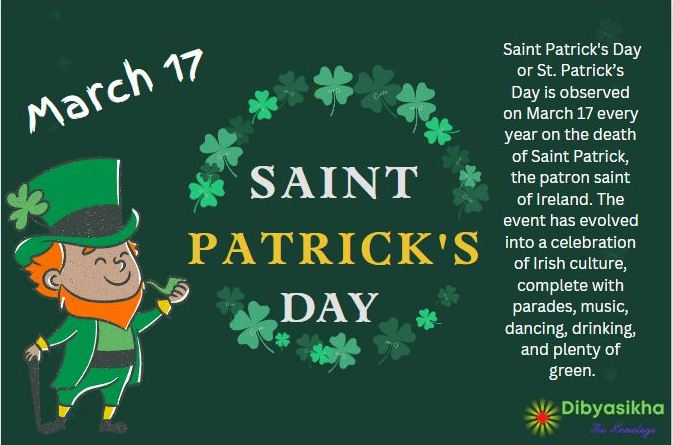 |  |
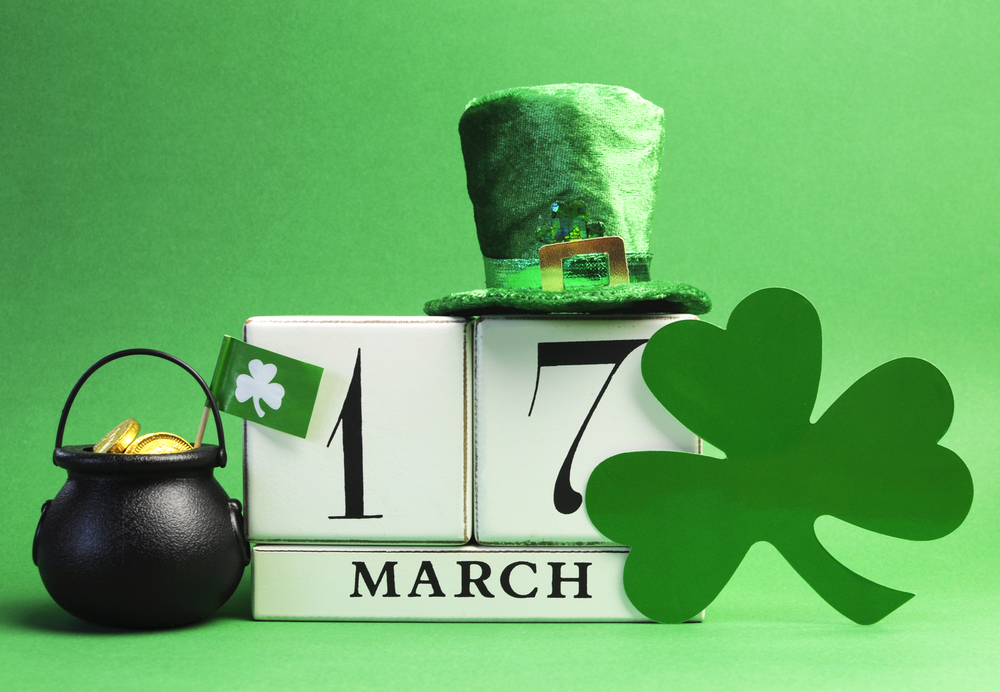 | 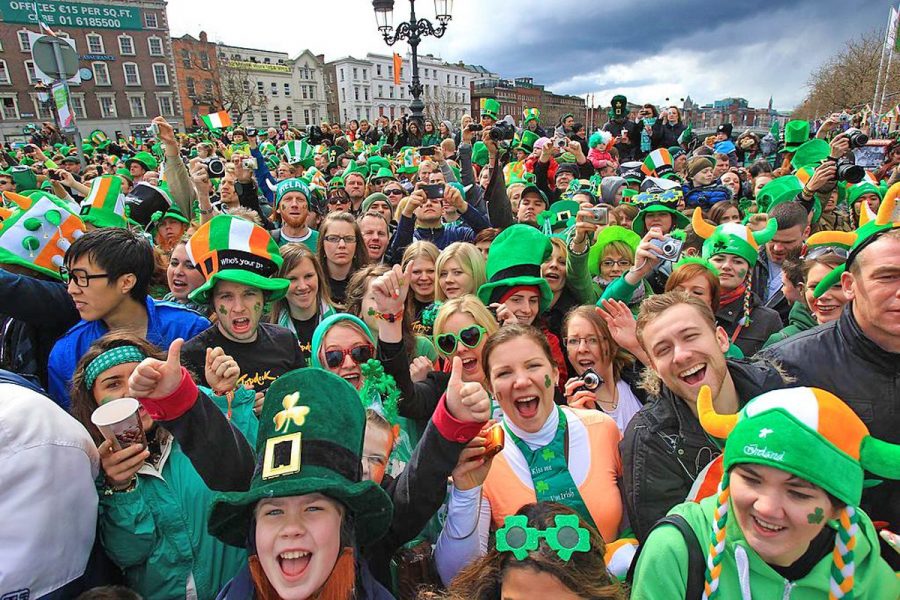 |
 |  |
 |  |
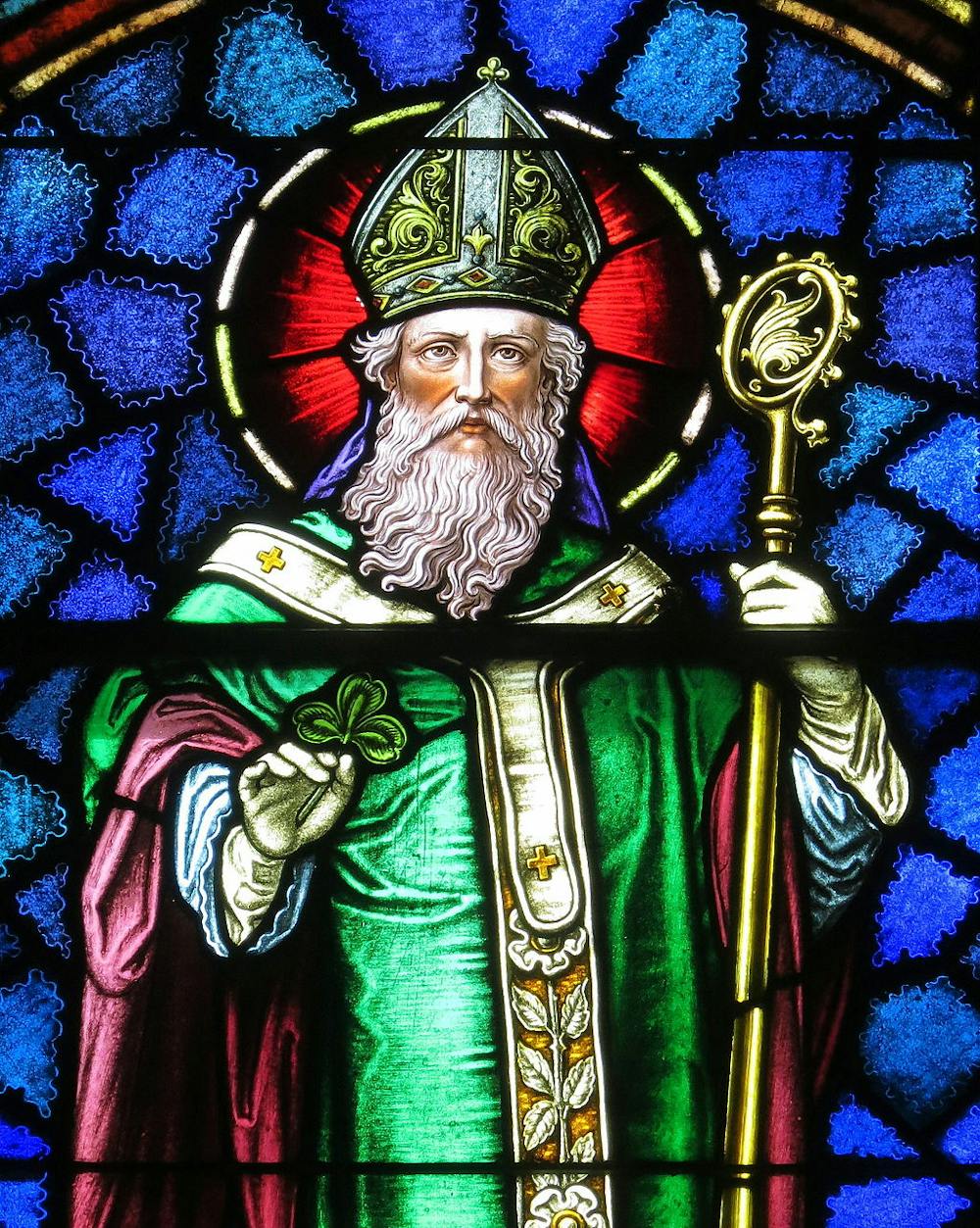 |  |
In this engaging lesson, students will explore the history and traditions of St. Patrick’s Day through discussion, a video, and interactive activities. They’ll learn key vocabulary and idioms related to the holiday while practicing their listening and speaking skills in real-life contexts. Saint Patrick's Day is the largest Irish celebration in the world and this video explains the history of this famous saint's daySaint Patrick was born in Wal The spread of St. Patrick's Day celebrations in the U.S. was a way for Irish immigrant communities, who in the 19th century faced discrimination and opposition, to stake that ground, he says: "It Join us on a journey through the fascinating history of St. Patrick's Day, from its humble beginnings to a worldwide celebration of Irish culture. #shorts #stpatricksday #irishculture #historicalfacts #celebration Dive into the rich and fascinating history of Saint Patrick's Day in our latest video, "The Untold History of Saint Patrick's Day 🍀"! Explore the origins of Through fascinating storytelling and vibrant visuals, kids will learn about St. Patrick, Ireland’s patron saint, and how his legacy shaped the global celebration of St. Patrick’s Day. 🌍 From four-leafed clovers to leprechaun legends, the video takes kids on a magical journey through the rich history behind the holiday, showing them how Saint Patrick's Day ⭐️ YouTube Channel: can check out our stories on the Little Fox YouTube channel.⭐️ Website: Saint Patrick's Day is a festival that has grown from its religious roots into a global celebration of Irish culture. Whether it's attending a parade, wearing green, or enjoying Irish food, people worldwide come together every March 17 to celebrate the legacy of Patrick and the rich traditions of Ireland. Ever wondered about the real origins of St. Patrick's Day? This video dives deep into the **history of Saint Patrick**, from his time as a slave in Ireland t This video walks through the history of St. Paddy's Day and the life of St. Patrick. A short, fun, educational video to help you celebrate St. Paddy's Day in Every March 17th, St. Patrick's Day is celebrated around the world. Learn more about this Irish holiday and the patron saint it is named after in this Histor History of Saint Patrick's Day This date represents the death of Saint Patrick, who was a fifth-century Christian missionary, bishop, and the patron saint of Ireland. In the autobiographical "The Confession of Saint Patrick," it is said that he was captured by pirates from his home in Britain and taken to Ireland when he was 16. Saint Patrick's Day is the largest Irish celebration in the world and this video explains the history of this famous saint's day. Saint Patrick was born in Wales which is just across the sea from Ireland (Although it is also said he may be from KilPatrick in Scotland). In 373 the Romans still ruled that part of the world. About Press Copyright Contact us Creators Advertise Developers Terms Privacy Policy & Safety How YouTube works Test new features NFL Sunday Ticket Press Copyright A fun Children's read aloud tale and sing along song about the history of St. Patrick's Day. Kids can learn about his struggle in a fun but historic way and 🍀 Dive into the incredible journey of St. Patrick, from a captive shepherd to the Apostle of Ireland! Discover his legendary use of the shamrock and how he ☘️ The History of St. Patrick’s Day for Kids | Who is St. Patrick? 🇮🇪Have you ever wondered who St. Patrick was and why we celebrate St. Patrick’s Day? In Distinguish St. Patrick's Day myths from reality and find out why this holiday is celebrated by millions of Irish people around the world. Distinguish St. Patrick's Day myths from reality and find out why this holiday is celebrated by millions of Irish people around the world. Monday, March 17 is St. Patrick's Day, celebrating all things Irish in the U.S. and around the world. Cities celebrate with parades, bar crawls and more.
Articles and news, personal stories, interviews with experts.
Photos from events, contest for the best costume, videos from master classes.
 |  |
 |  |
 |  |
 |  |
 |  |
 |  |